Their eyes locked in a gaze filled with passion, lust, and curiosity. They exchanged a few words that would alter their destiny. Each separately ordered another drink to steel themselves against an elopement that some would regard as impulsive but that most would view as spontaneous and romantic.
The place: the hottest restaurants and nightclubs in Paris at the moment was their terroir. He: performing that evening, the gypsy violinist known by his first name Rigo, in the same manner that those of later generations would know Cher or Madonna – famous enough to need only one name. His full Hungarian name Rigo Jancsi translated as “Johnny Blackbird.”
She: The Princess of Caraman-Chimay, a fancy title for the simple Clara Ward, the star-blessed daughter of a Detroit lumber, steel, and railroad magnate, rich enough to buy his way into Belgian royalty with a well-selected, though relatively impoverished mate for his daughter. Her beauty was sufficiently notable that despite being a bride at 16, the great chef Escoffier named dishes after her and Kaiser Wilhelm II banished the production of her image on German postcards and photographic media.
The marriage to the Prince of Chimay seemed perfect, producing two children. They were a power couple with an unrivaled social life across two continents. But, the Princess lacked something that she thought she would find on that sultry Paris evening.
Instead of walking out the front door that evening, the Princess and the Violinist furtively snuck out the backdoor into a life filled with notoriety and celebrity in an era when that idea was just being created. Fuel for gossips and bluenoses, the case of Clara and Rigo stoked the imaginations of libertines everywhere. Their depredations became fodder for the popular magazines and postcards of their time.
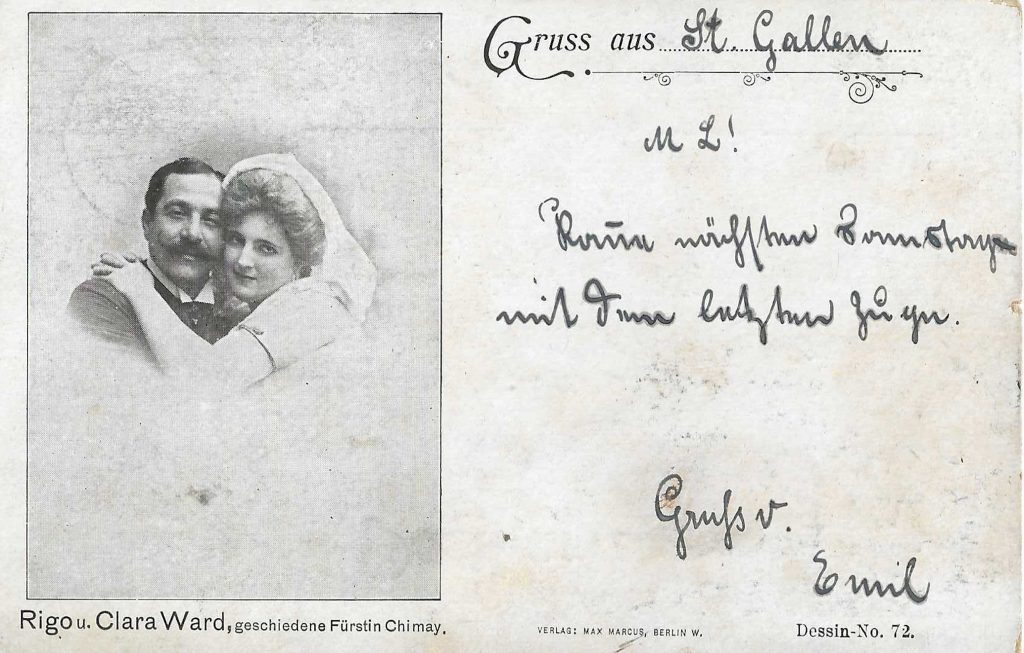
The moment they were ascendant as international celebrities was important beyond the star-crossed couple. It was the Age of Imperialism and fortunes were anticipated, arising from the exploitation of people with resources, extracted from the earth, and exploited through the domination of human effort. Leopold II King of the Belgians was determined to become the grand master of explosive global larceny. Indeed, after establishing the Congo Free State in 1885 as a private preserve, his wealth grew as rapidly as his reputation for violence and single-minded rapaciousness.
As a royal relative of the Chimay clan, Leopold himself could not escape attention as a prospective consort of his younger reputationally challenged cousin, possibly rupturing her marriage.
Just before World War I, Belgium ranked sixth in world trade, higher than the Russian Empire. This context of racial discrimination amid rising incomes possibly made any kind of miscegenation feel sexy and fed into the heated reaction to the coupling of the Princess and the ruggedly handsome though declassee Hungarian Gypsy. At that time, as theories about race were bring written, members of the Roma Culture or Gypsies as they were then known, were ethnic and racial outsiders, usually living as nomadic squatters throughout Eastern Europe, depending upon guile and cunning to earn a living.
The Post-Civil War United States was called by the era’s intellectuals like Mark Twain “The Gilded Age” because of its outward glitz and glitter. The shamelessness that accompanied the rise of corporate capitalism was the background for the era’s rising fortunes. Eber Brock Ward, Clara’s father was one of that time’s leading industrialists, called “The King of the Lakes” and reportedly the richest man in Michigan. At his 1875 death, he left the princely sum of more than $3 million.
Clara’s birth in 1873 certainly occasioned concerns about plutocratic succession, however, despite marriage at the age of 17 to the royal though penurious Chimays, Clara delivered a sufficiently large dowry to bring along presence and voice. Not surprisingly, she was counted among suffragettes during her early forays into public speaking.
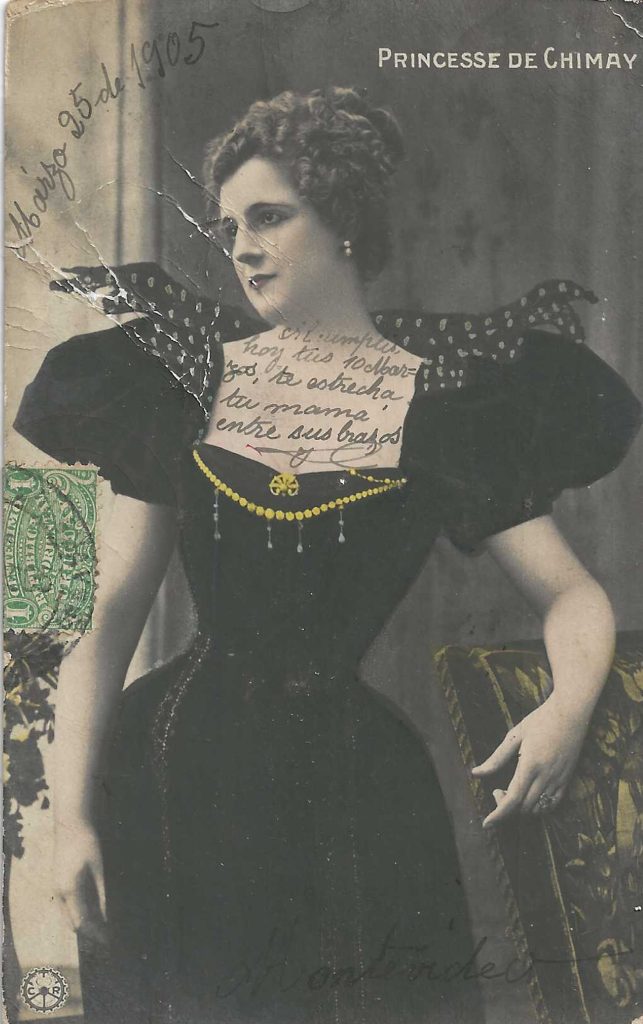
Infrequently recalled today, Rigo and Clara continue to deserve attention for their lessons about the gap between romantic ideals and crude reality as well as the mutations and metamorphoses that can infect anyone’s lifetime.
The eventual marriage between the Princess of Chimay and the Gypsy violinist was not enduring. The vagabond life of a musician was not appealing to her. She divorced him though she continued as an entertainer through two or three successive husbands at Parisian nightclubs like the Folies Bergere and Moulin Rouge.
The Princess’ art-form was called poses plastique in which she struck a range of erotic and futuristic poses while wearing skin-tight, flesh-colored revealing fabric costumes. Postcards here show several examples of her performance art, one a tight outfit through which onlookers reportedly could feel the warmth of her flesh. The other, an ensemble with stars leading to imagination about space travel and the future. The possibilities seemed endless.
She died in 1916 at age 43 after having inspired artists as diverse as Henri Toulouse-Lautrec and Marcel Proust. Her death took place following the conclusion of The Gilded Age when gloom over the monstruous death toll of World War I replaced playful glimmerings about romantic futures.
The notoriety helped Rigo’s career as he appeared everywhere as the “World’s Greatest Gypsy Violinist.” His home nation of Hungary honored Rigo by naming a popular chocolate dessert after him.
Rigo appeared in New York frequently at nightclubs like Churchill’s in Times Square and Little Hungary on the Lower East Side, which promoted and memorialized his appearances by publishing postcards. He died in 1927.
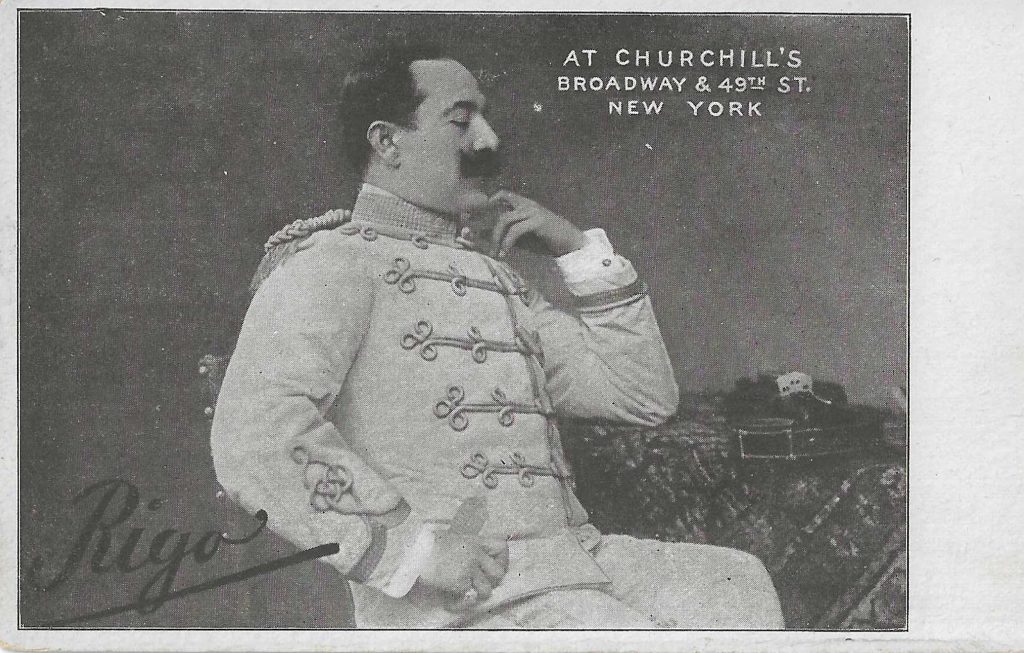
A personal postscript on Little Hungary: The restaurant and catering establishment endured into the 1960s, increasingly orienting its menu to the Lower East Side’s Jewish population. They were well-known for their kishke or “stuffed derma” – beef intestines stuffed with a highly seasoned mixture of flour, onions, and schmaltz (chicken fat). Located at East Houston Street, (pronounced “House-ton” not “Hew-ston” like that town in Texas) and Suffolk Street, it was where I took my first job at 14 as a coat-checker and busboy.
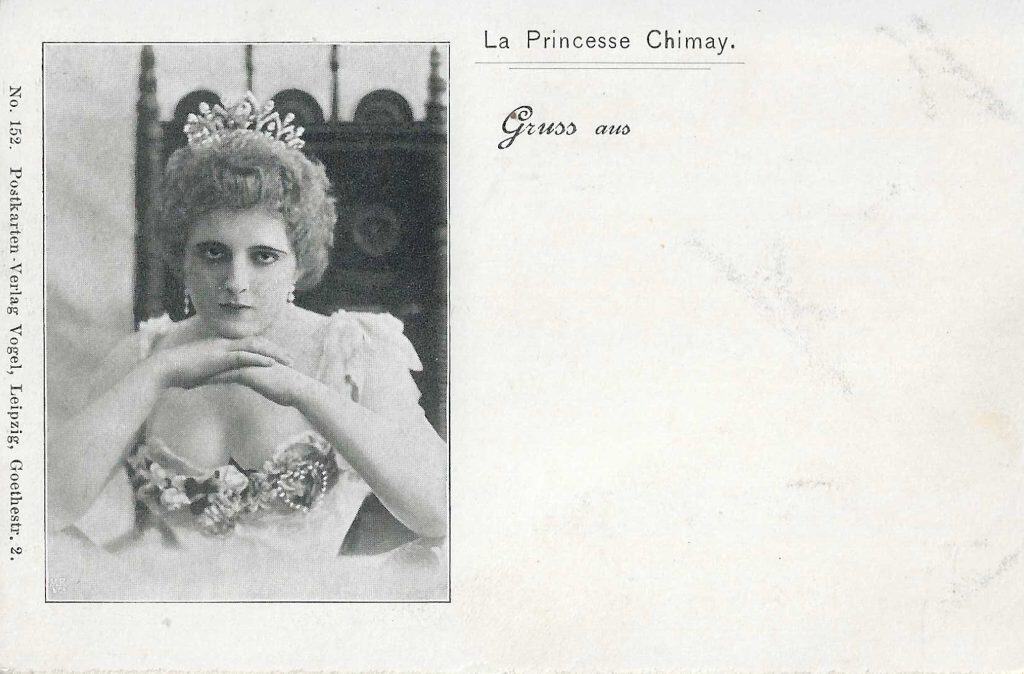
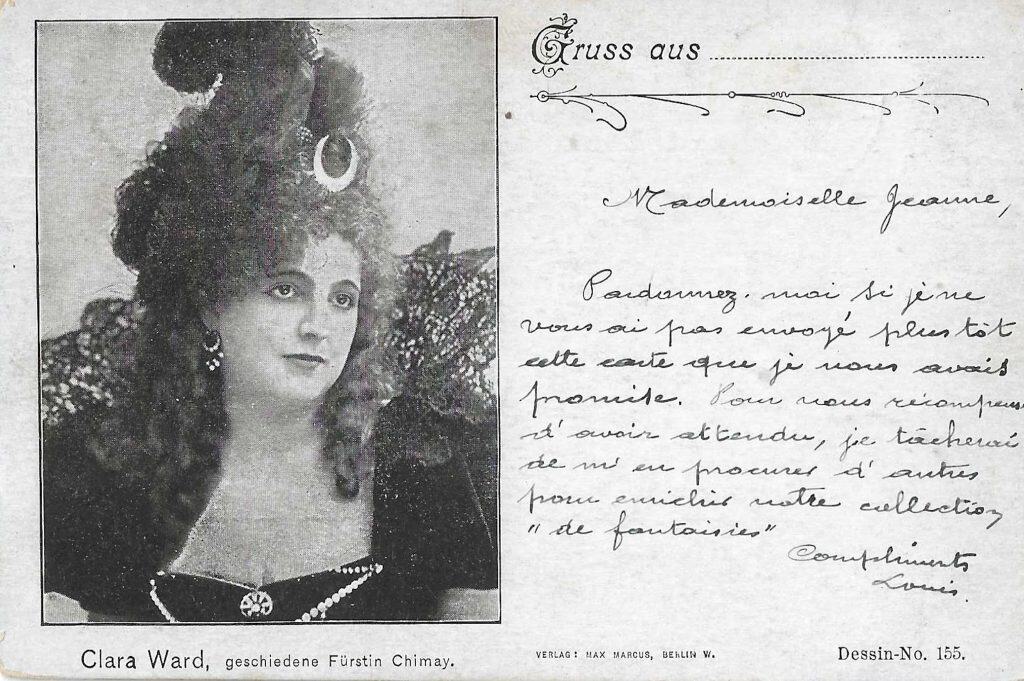
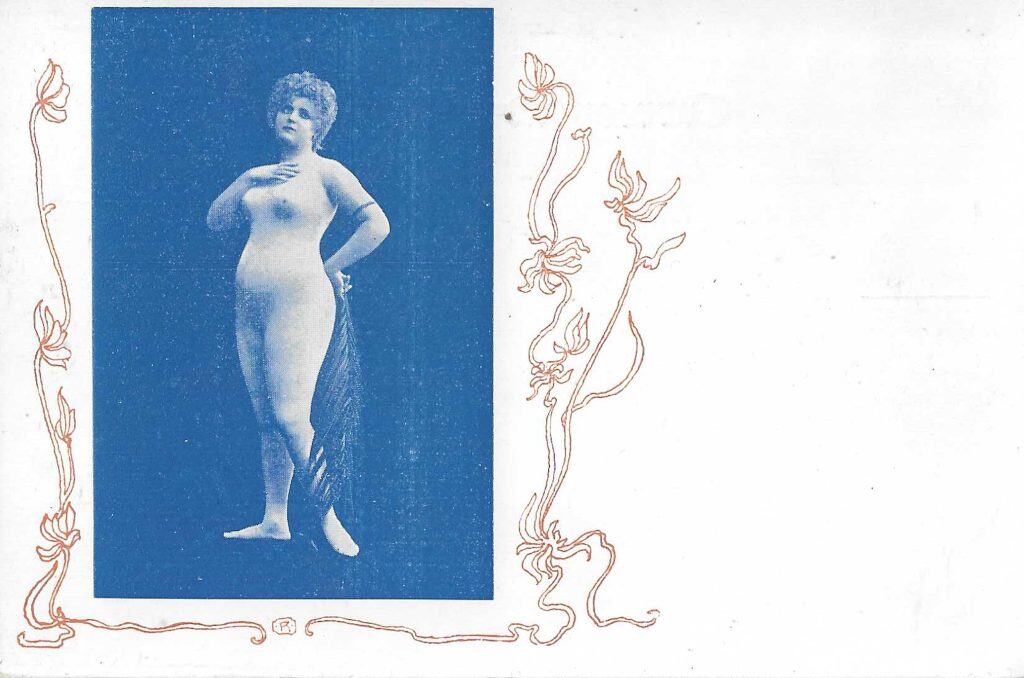
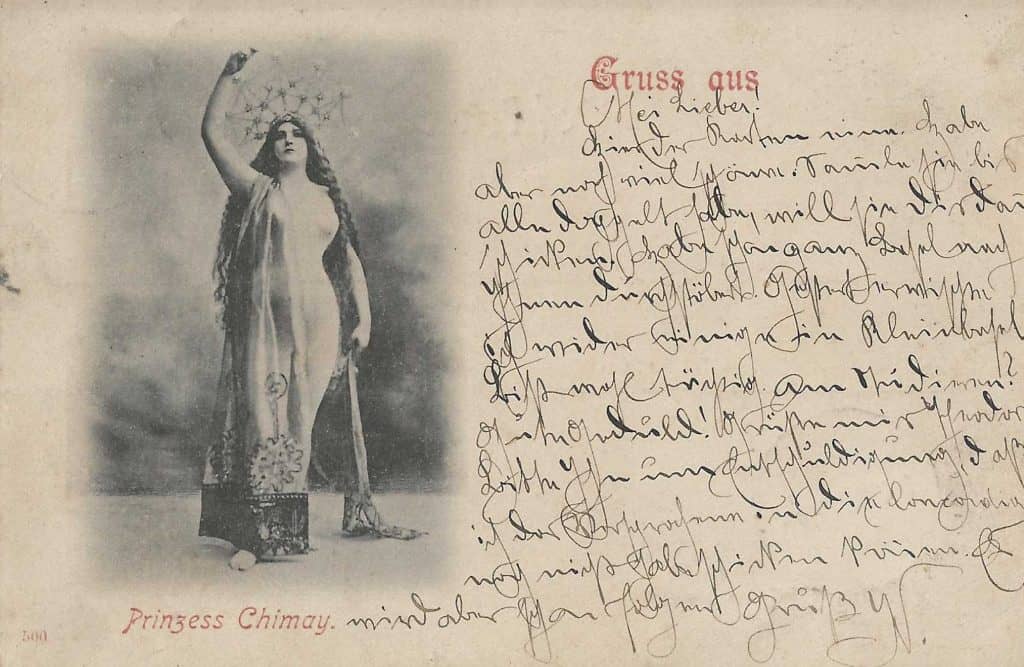
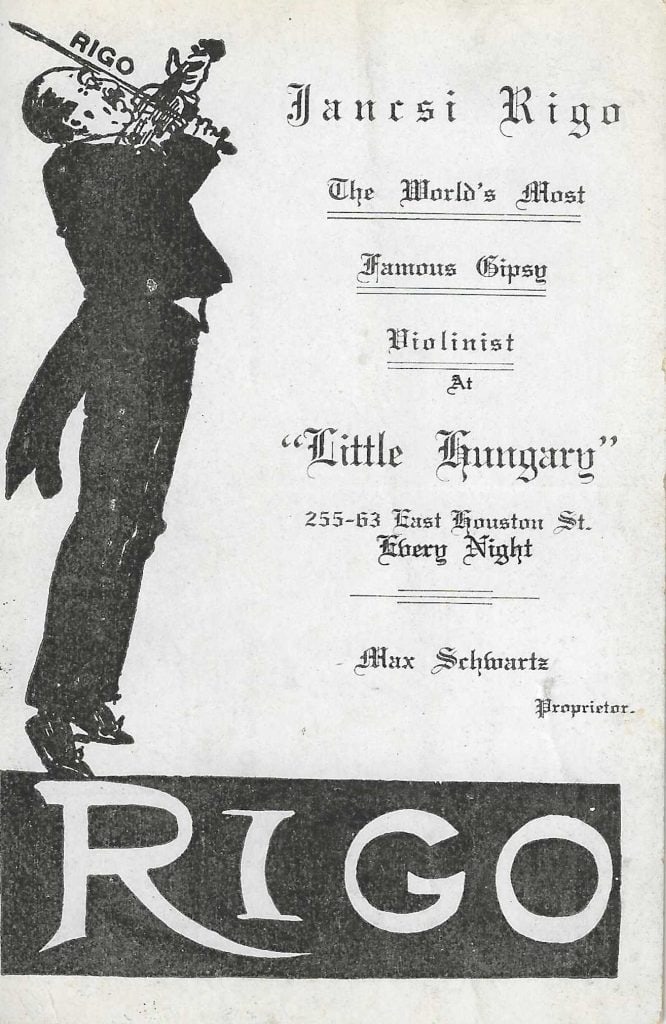

Had she been born in this age of social media, Clara would likely have become an “Instagram queen”.
Fascinating story! Your articles are always great — I liked this one for its up close and personal story.